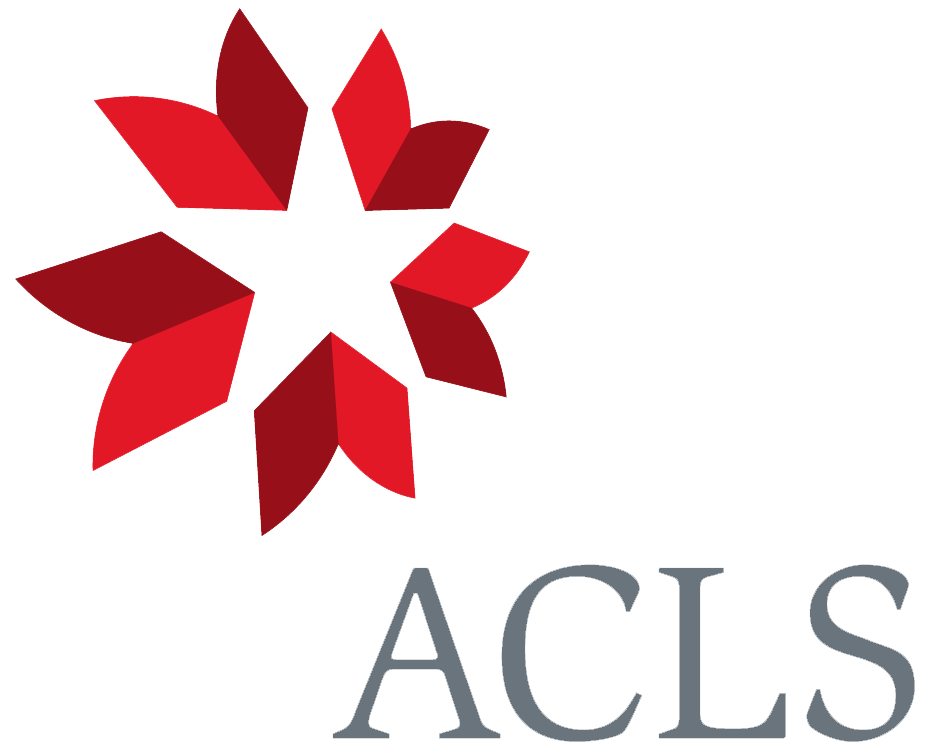From John Lubbock 8 February 1859
11, Mansion House Street, | London, | E.C.
8 February 1859
Dear Mr. Darwin
I am indeed sorry to hear so bad an account of you & of your daughter, & hope that change of air may do you both good. Beauy is going on very well, and we now quite hope to save half of the middle joint.1 It is a sad thing for him.
Many thanks for your suggestion which I like very much, but the conclusions to be made from the internal anatomy are very puzzling. How the present arrangement, for instance, of the vitellogenous cells is to be accounted for, I am at a loss to imagine. Unless indeed we cut the Gordian knot, by assuming a creation? Then again species very nearly allied (apparently) often present great differences in organs which we should have expected to find very similar. Thus Forficula auricularia has an ovary consisting of numerous short tubes, while in Labidoura gigantea the ovary is composed (according to Leon Dufour)2 of a few long eggtubes. What external circumstances can possibly have produced such great differences in animals so
CD annotations
Footnotes
Bibliography
Dufour, Léon. 1828. Recherches anatomiques sur les Labidoures ou Perce-oreilles, précédées de quelques considérations sur l’établissement d’un ordre particulier pour ces insectes. Annales des Sciences Naturelles 13: 337-66.
Natural selection: Charles Darwin’s Natural selection: being the second part of his big species book written from 1856 to 1858. Edited by R. C. Stauffer. Cambridge: Cambridge University Press. 1975.
Summary
Is sorry to hear of bad health of CD and his daughter.
Discusses, with an example, the difficulty of explaining structural differences between closely allied species.
Letter details
- Letter no.
- DCP-LETT-2409
- From
- John Lubbock, 4th baronet and 1st Baron Avebury
- To
- Charles Robert Darwin
- Sent from
- London, Mansion House St, 11
- Source of text
- DAR 48: A67
- Physical description
- inc †
Please cite as
Darwin Correspondence Project, “Letter no. 2409,” accessed on
Also published in The Correspondence of Charles Darwin, vol. 7


